Written with contributions by Shelby Pritchard, former SDSU Extension Pest Management Specialist.
Originally Submitted: June 9, 2022
There are many insect pests that are cause for concern to both gardeners and farmers throughout the state of South Dakota. However, it is important to remember that not all insects are pests. There are numerous species of insects that are beneficial to the landscape, and some are even reared in large quantities to be released as biological control agents. In this article we will focus on one of those insects, the green lacewing.
Life Cycle and Identification
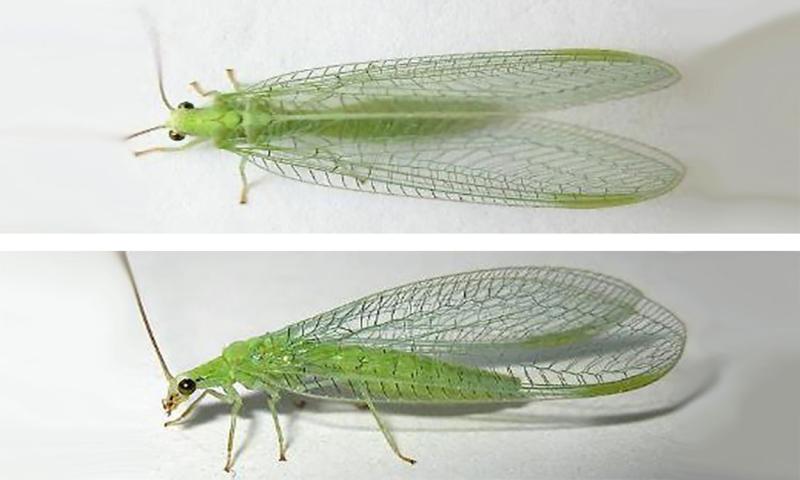
Green lacewings belong to the family Chrysopidae within the order Neuroptera and have around 85 species present in North America. Adult green lacewings are approximately ½ to ¾ of an inch in length and are bright green in color with long, slender bodies. They have four elongated and translucent wings with heavy venation, typically light green in color. The wings are held over the body in a tent formation and give the adults an overall delicate appearance. They also have long, slender antennae and distinct copper-colored eyes (Figure 1). Once adults emerge, they will find a mate, find suitable host plants near food and lay eggs. Green lacewing eggs are small (1/50 of an inch), oblong and are laid in small clusters on plant material. Each individual egg is attached to a long, thread-like stalk to avoid larvae from eating each other once hatched (Figure 2). Larvae resemble small alligators and have an arched, humpbacked body. They are creamy white and brown in color and have two brown, curved markings on the head. Green lacewing larvae have small hairs present on each segment of the body and possess a large pair of sickle-shaped mandibles (Figure 3). Larvae undergo three growth stages (instars) before pupation occurs, and they can reach up to ½ of an inch in length, depending on species. Once larvae are mature, they will pupate on host plants or near sources of food. The pupae form a silk-like woven cocoon (Figure 4). In South Dakota most species overwinter as pupae, and adults emerge once temperatures increase and prey becomes available.
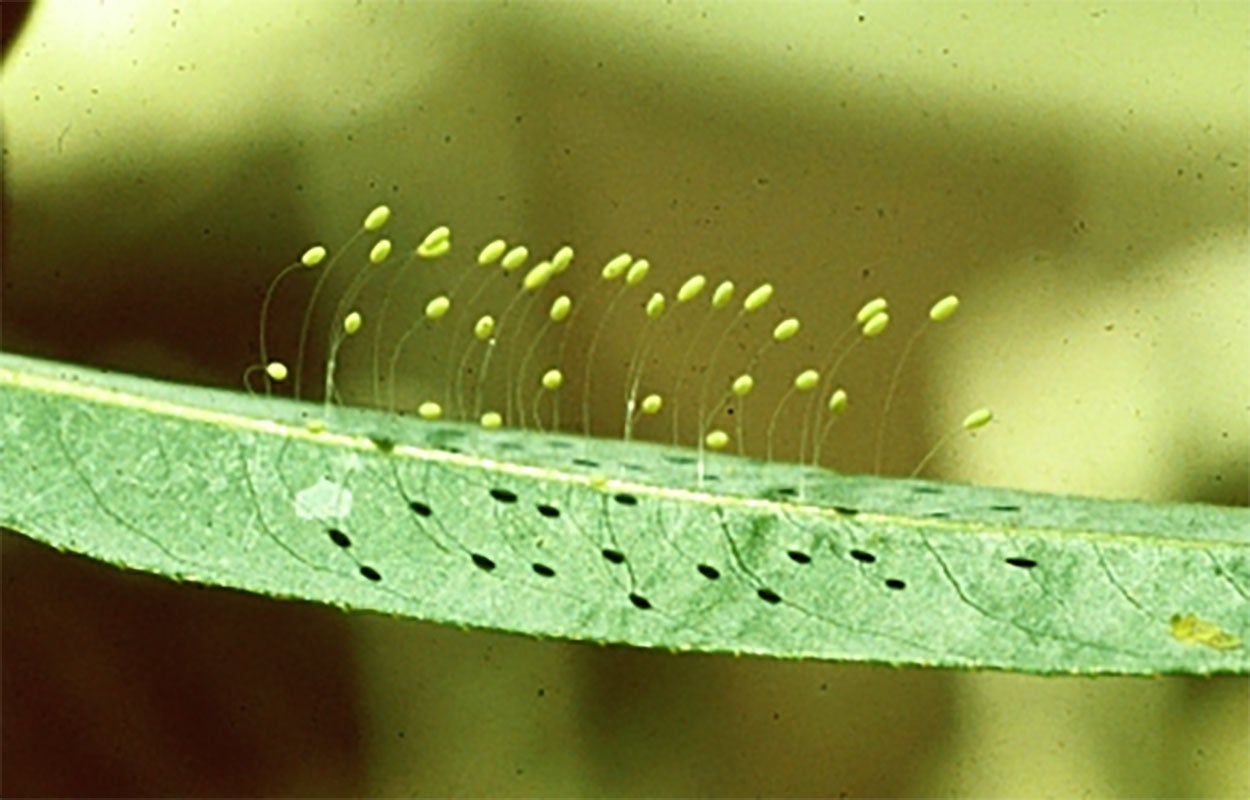

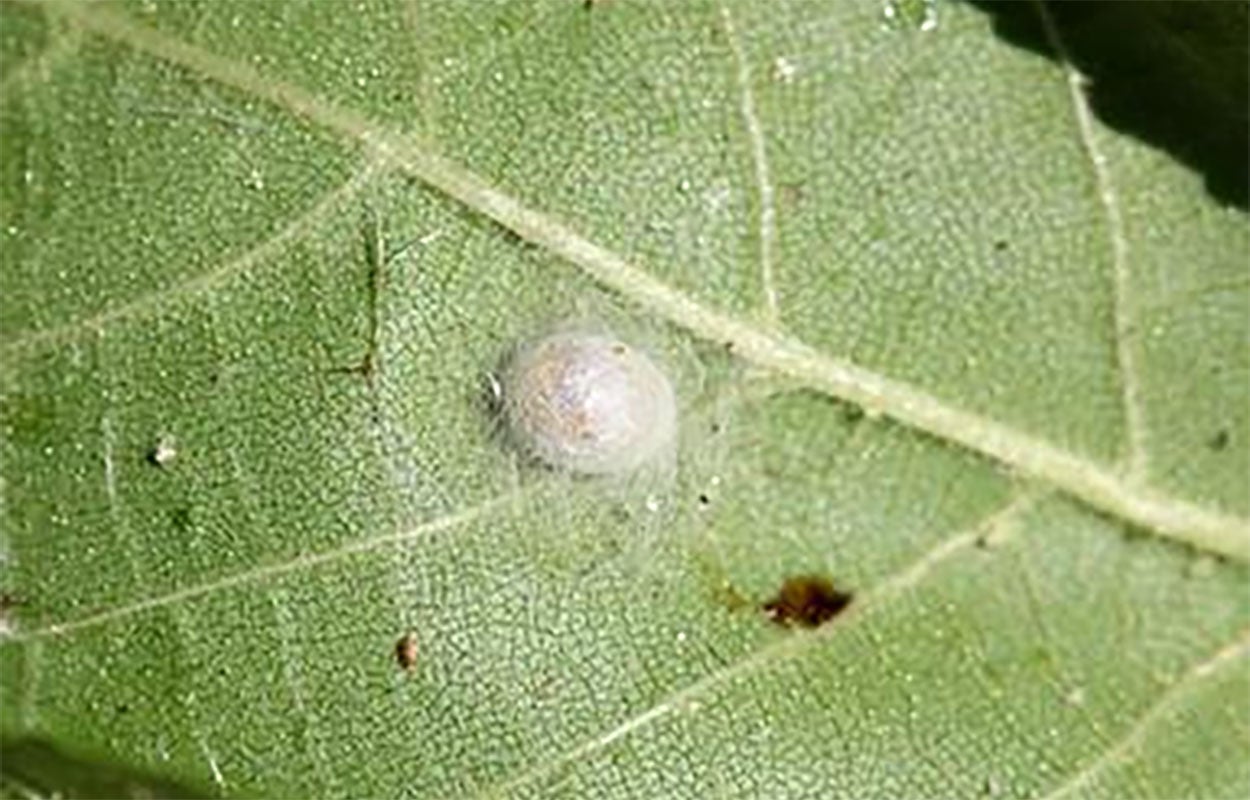
Feeding Behavior
Most green lacewing adults feed on honey dew (sugary liquid) secretions from aphids, as well as nectar and pollen from flowers, but some are also predaceous and consume soft-bodied insects, like aphids. Adult feeding behavior can help reduce pest insect populations and decrease the probability of a plant getting sooty mold from sticky honey dew. Green lacewing larvae have big appetites and use their large, sickle-shaped mouthparts to consume soft bodied insects (Figure 5). Prey includes aphids, thrips, white flies, spider mites, caterpillars and insect eggs. The larvae are so effective at controlling pest populations that they are sold commercially and can be released in greenhouses and gardens in large quantities. To avoid being eaten by ants or other predators, green lacewing larvae will cover themselves with debris and the shell (exoskeleton) of dead prey (Figure 6).
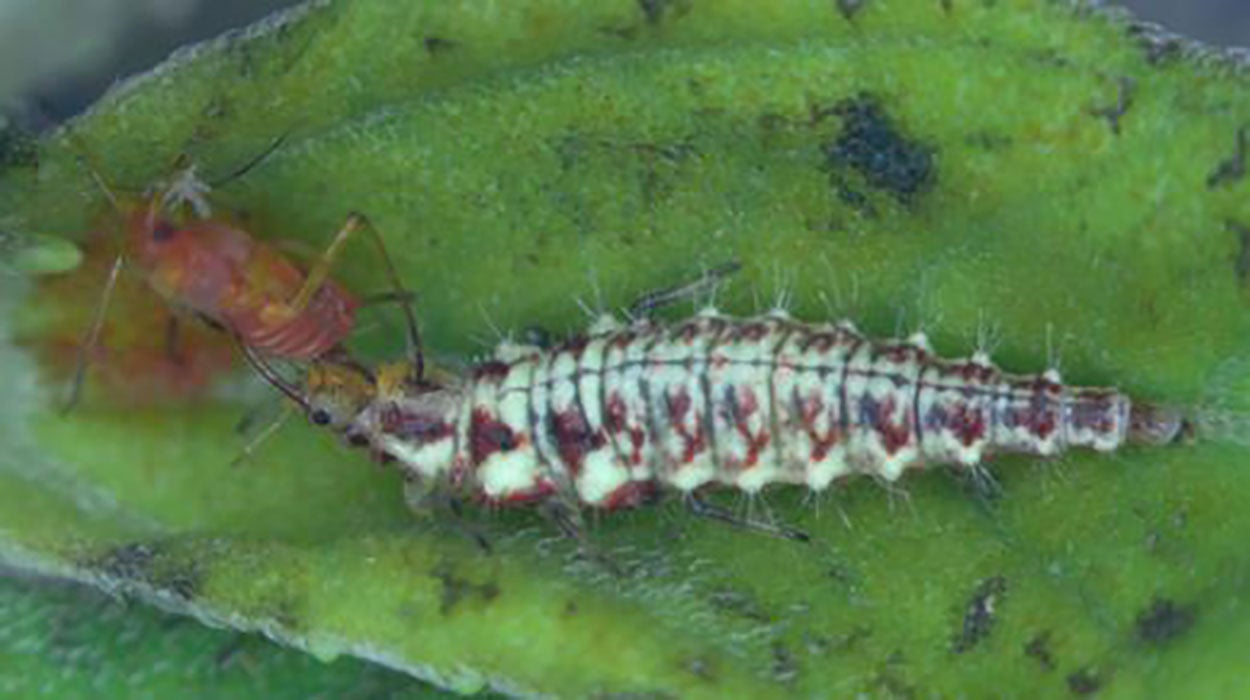
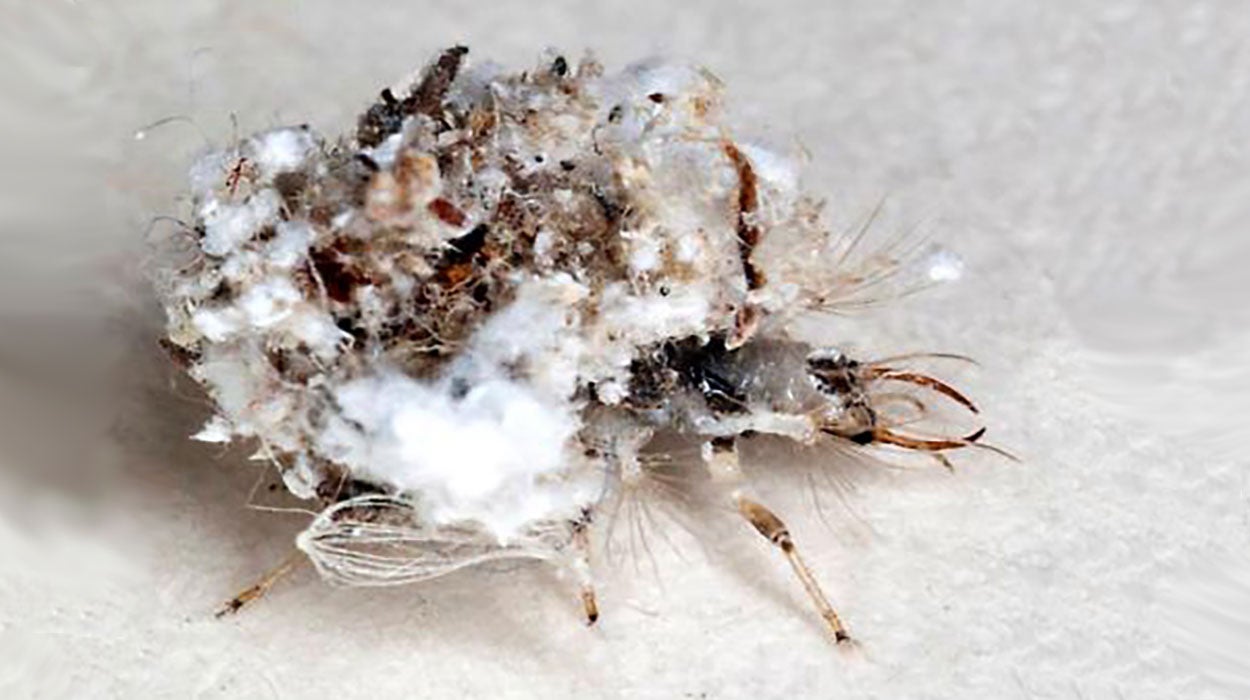
Management
Lacewings are considered beneficial and therefore do not need to be managed.


